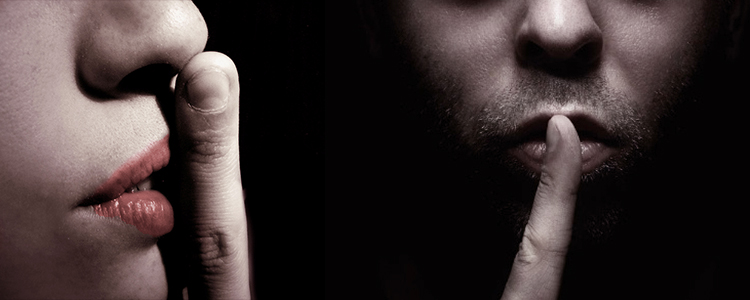Surprisingly little in the way of research has been undertaken into the history of sex, gambling and drunkenness in Dundee. There is a lot of information from the late-nineteenth and early twentieth-century about the lives of the mass female workforce in Jute Mills – we know they were a strong, rowdy, often drunken bunch, who worked and played as hard as the men…but what was happening in the closes, pendies and back rooms when the work was done and light turned to darkness?
By the mid-1800’s, Dundee had one pub to roughly every 20 families, and whisky had become the drink of choice. Children as well as adults were frequently seen in drunken states. Gambling became a massive form of entertainment, and in the Howff, upwards of 400 people at a time could be seen partaking of illegal betting, earning the Howff the nickname “the paddock”. In addition to illegal horse-race and dog-race betting, blood sports such as cock fighting and bare fist fighting attracted illegal gambling, as did almost anything that the men and women of Dundee could place a wager on. More often than not, these “sports” went without time limits, resulting in some horrifying skirmishes. Mixed with endless alcohol, fights inevitably broke out, leading to arrests.
In the late 1870s, the crime of ‘shebeening’ (selling alcohol without a licence) was a crime committed by more women than men, often landing them with hefty fines or a spell in the gaol. Although Dundee had the highest living costs, people living in Dundee were the lowest paid. A large proportion of offenders were sitting in separate cells for not being able to pay their bills or were being hauled in for drunkenness. Breaches of the peace and assault were also common crimes in these years – the majority of which had been caused by excessive alcohol consumption.
Sailors frequently visited the docks, whether departing or returning from voyages, and all sought the same recreations – alcohol, drugs and women of ill repute. Historian Judith Walkowitz writes a British city would have on average one prostitute per 36 inhabitants. This eventually led across the United Kingdom to an outcry for something to be done to stop this “Great Social Evil”. By the middle of the 19th century, the UK government was compelled to introduce the Contagious Diseases Acts 1866–1869 to address the problem of the spread of venereal diseases. At that time, it was thought that one in three men in the British Army needed treatment for VD (venereal or sexually-transmitted diseases).
It was not just in the bigger cities that the vice held its grip. In Dundee during the 19th century, the dramatic rise in VD was said to mirror the increase in street- and brothel-run prostitution. At that time, prostitution was thought to be gravitating to the housing schemes on the outskirts of the city. In the Police Superintendent’s Annual Report from 1876, we see that 123 prostitutes were arrested for “loitering and importuning”.
Prostitution, illegal gambling and illicit alcohol production and supply were rife everywhere in 19th century UK. Known as “The Great Social Evil”, the boom in prostitution was attributed to the changes in industrialisation and pressures of modern life. Money was still of grave concern for many, with publicans illegally producing their own alcohol for resale, whilst the scourge of drug and alcohol addiction threatened lives on a daily basis.
As travel between countries became easier and more frequent, so did the increase in the availability of dangerously addictive drugs. An alcohol and opiate-derived mixture known as Laudanum was readily available for sale and a permanent fixture in most homes as a cure for almost anything. What wasn’t known at the time, however, was its addictive properties, and people used it greedily.
It is a common myth that “opium dens” were rife in the UK, as there is no evidence anywhere to support this, but sailors did bring back quantities of opium, as well as a myriad of other substances which were snapped up by eager locals. Life was not pleasant, and many people were looking for a way to escape the drudgery of their lives. For some, it was mere entertainment.
Chloral hydrate was another favourite of the Victorian Era, used at the time medically as a sedative and hypnotic. Mixed with alcohol, it produced the famous “knockout drops” – a staple ingredient of the Mickey Finn type of drink typically drunk at the time. Another use for chloral hydrate was its decomposition into chloroform, an anaesthetic that depressed the nervous system.
Heroin was also frequently enjoyed as a drug of choice. Initially synthesised as a non-addictive alternative to morphine (another drug widely used by addicts at the time), heroin was glamourised with the “benefits” of making you feel heroic and strong (hence the name). By the time its addictive properties had been discovered, the drug had already travelled the world and had taken its toll. Known by its medical name of diamorphine, Heroin is only ever referred to as “heroin” when talking of the drug in the context of illegal use/supply.
– DD Tours operates walking tours in Dundee city, covering dark local history such as wars, battles, murders, diseases, riots, disasters and executions. Walk with us for an unforgettable storytelling experience.
***
